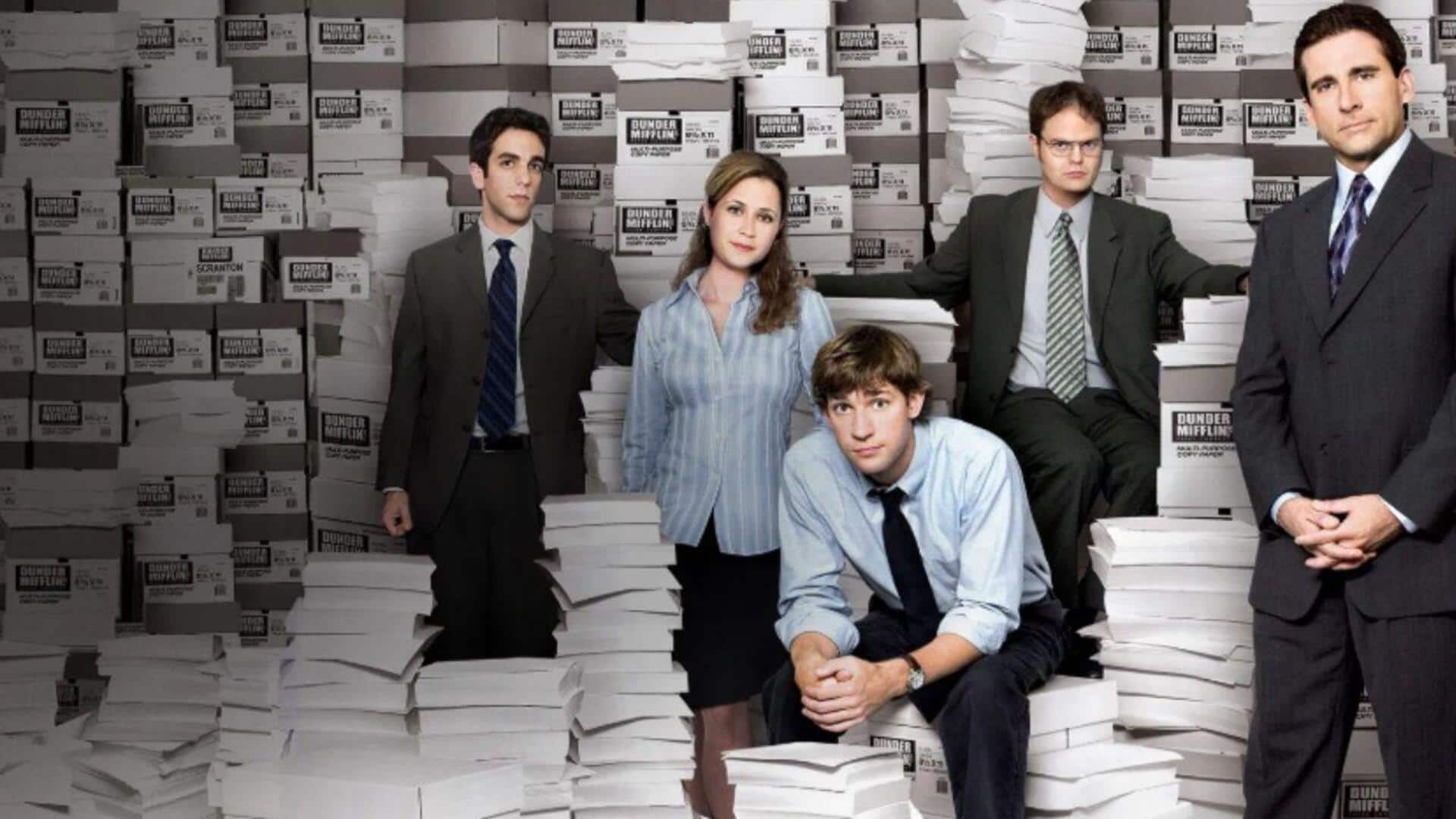
Jim Halpert's pranks in 'The Office' come with a price
What's the story
The Office, the beloved mockumentary sitcom, leaves us laughing with its quirky characters and hilarious workplace antics. How many times have we seen the show? Countless! Despite that, there are a few hidden gems and secrets that are yet to be discovered. From subtle nods to clever Easter eggs, they enrich the viewing experience. Let's take a look at these secrets that make The Office timeless.
Prank costs
Jim's pranks cost analysis
Jim Halpert's legendary pranks on Dwight Schrute are known to all, but few know their financial implications. A detailed analysis found Jim's pranks would have cost over $5,000 in real life. From wrapping Dwight's desk in gift paper to putting his stapler in Jell-O, each prank came with its price tag. This adds a new dimension to Jim's character, portraying him as someone who invests time and money into his elaborate schemes.
Art secrets
Hidden messages in Pam's artwork
Pam Beesly's artwork isn't just for decoration; it carries hidden messages and Easter eggs throughout the series. For example, her painting of Dunder Mifflin's building features subtle details that change over time, reflecting events from the previous episodes. These artistic touches display Pam's growth as an artist and add depth to her character development.
Improvised comedy
Michael Scott's improvised lines
Steve Carell brought Michael Scott to life with his comedic genius, often improvising lines that became iconic moments on The Office. One famous example is when Michael declares bankruptcy by simply shouting it out loud—an unscripted moment that perfectly captures his character's misunderstanding of financial concepts. These improvised scenes highlight Carell's talent for spontaneous humor.
Prop details
Subtle character development through props
Props went a long way in detailing character growth subtly through The Office. Case in point: Dwight Schrute's desk items change throughout the show. Initially, weapons were concealed under files. Later seasons reveal more personal stuff like family photos. These changes indicate changes within him personally and professionally alike. No overt dialogue or explanation required. Viewers see and appreciate the nuances of the storytelling approach taken here.
Real inspiration
The real-life inspiration for Dunder Mifflin
While Dunder Mifflin may appear like a fictional company, it was based on actual paper companies in Scranton, Pennsylvania. The show's creators visited real offices to get the authentic feel of a mid-sized paper company struggling in the digital era. This connection to reality is what makes The Office relatable and authentic.